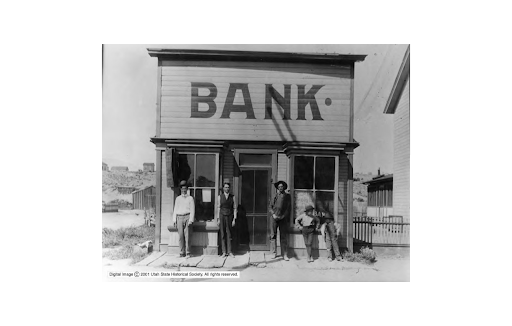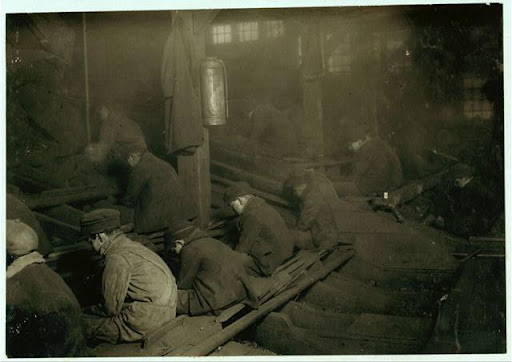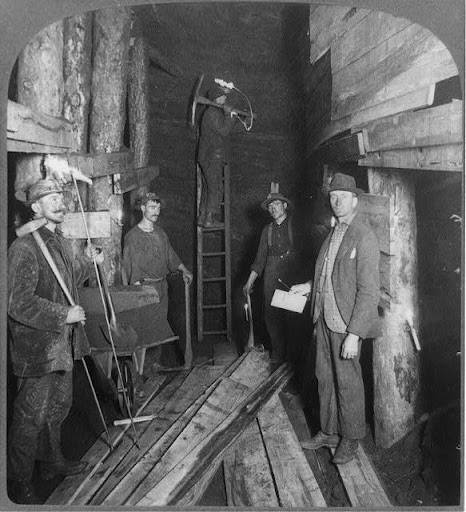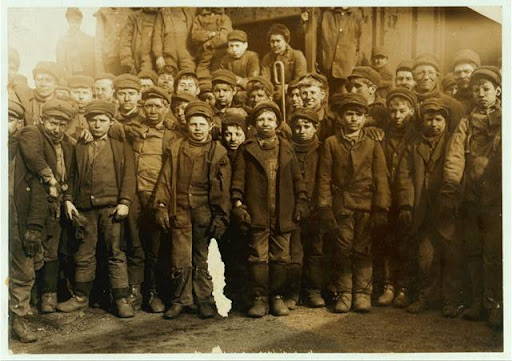Lily Clara Letter 14 - Eureka or Roulette

Victorian era mining was the ultimate gamble. The nineteenth-century mining boom offered unprecedented access to the American dream. Never before had the hope of land ownership, gold, and silver been so available to common people. Thousands travelled west, risking everything to seek the specter of fortune and limitless possibility. While a lucky few did strike it rich, most prospectors confronted a grim reality.
Once prospectors panned for gold and exhausted the surface supply of precious ores, the extraction of deeper veins was often too expensive for individuals and small operations to continue. Large mining companies were the real winners, with the resources to buy up individual claims, excavate minerals deep below the surface, and exploit the labor market of prospectors whose hopes of riches ran dry.
Miners, including many child laborers, worked long hours in dangerous and often life-threatening conditions. Mines were hazardous, unregulated, and lacked proper engineering to adequately protect against cave-ins and floods. Each day that they descended into the underground caverns, miners risked injury or death from fires, accidents, flammable gas, carbon monoxide poisoning, asphyxiation from lack of ventilation, explosions, falling rocks, and hidden caverns filled with scalding geothermal water. Exposure to dangerous dust particles, radon, asbestos, and silica often left miners with long term health problems including damaged lungs, tuberculosis, or lung cancer. Additionally, highly toxic chemicals like cyanide, arsenic, and mercury were used to separate out gold and silver ore, and the resulting contamination poisoned miners’ nervous systems and left lasting damage to the environment. Yet many miners risked it all, hoping to one day shout “Eureka!”



Photographs of 19th-century miners, courtesy of Library of Congress.
Learn the Lingo:
John Doe: an average or ordinary man; a placeholder name used for unidentified, anonymous, or hypothetical men; use of the term dates back to legal documents from 13th century England
Airing his lungs: swearing, using profane language
Back staircase: a women’s bustle on 19th century dresses
Birdcage: cage crinoline hoop skirts that featured a framework of many circular hoops held together by fabric or tapes; one of the most widely-adopted fashions of the mid-nineteenth century, they were used under dresses to extend the skirt and emphasize small waists.
Bamboozling: underhanded deception, as in cheating, fooling, duping, hoodwinking
Biscuit Shooter: slang term for a waitress or cook
Duds: clothes, attire, apparel
Mug: slang term for a person’s face
